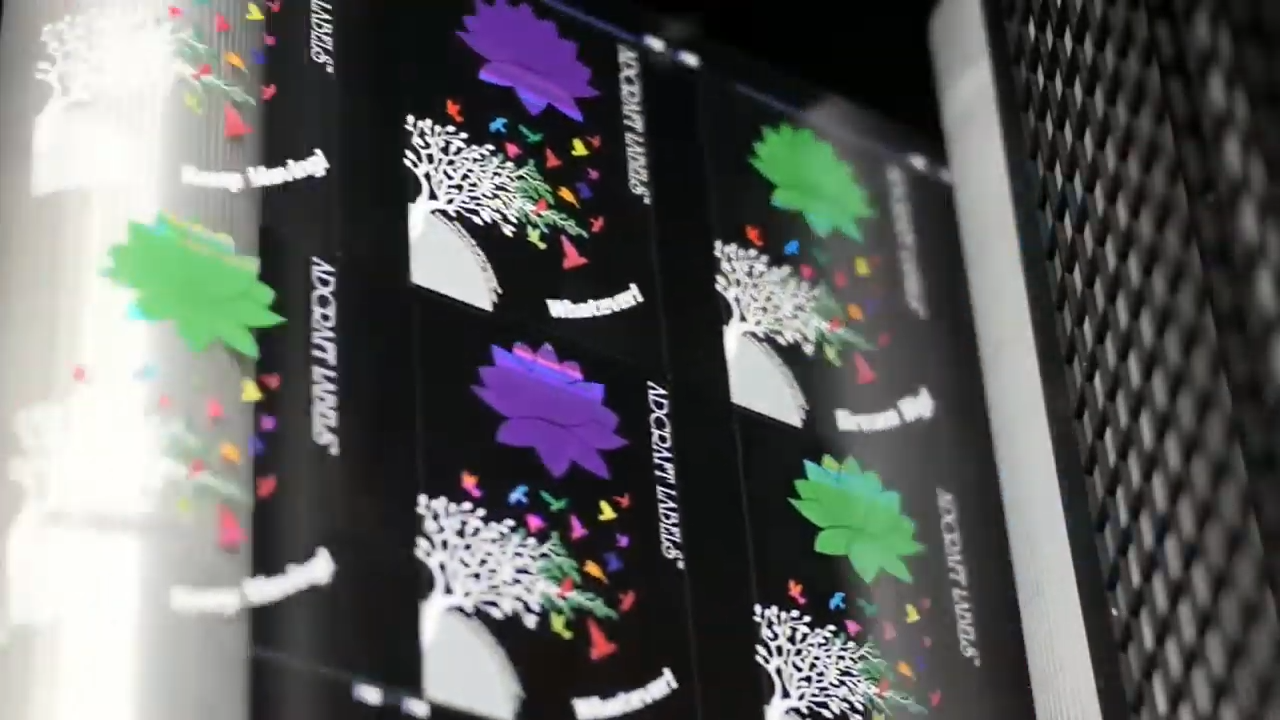 The imprinting and duplication of unique designs, stamps, or stickers on various materials like paper, glass, etc. are referred to as label printing. There are numerous ways to carry out the process, and each one produces a unique set of outcomes. It applies to the way the labels feel, seems, and serve. People utilize label presses or printers that print on self-adhesive label materials for this purpose.
The imprinting and duplication of unique designs, stamps, or stickers on various materials like paper, glass, etc. are referred to as label printing. There are numerous ways to carry out the process, and each one produces a unique set of outcomes. It applies to the way the labels feel, seems, and serve. People utilize label presses or printers that print on self-adhesive label materials for this purpose.
In this essay, let’s talk about digital and hybrid printing mechanisms.
Definition
A digital-based image engraving process known as “digital printing,” or “digital label press,” is carried out on and onto a variety of media substrates using continuous label rolls. The required printing media is put through the imprinting machine to create the image. The next step is “roll to roll” printing when it is rolled onto a core.
Contrarily, hybrid printing, carried out using a hybrid label press, engraves and applies the tendency of fusing the various features of various types of label presses. It combines the advantages of printing technology that is analog and digital. It combines the productivity and dependability of flexographic printing with the artistic possibilities provided by digital printing. The technique accomplishes this by combining the best traits of its class to provide the desired function.
The advantages of digital printing
Easily accessible: The label design must be saved on a computer before using the digital printing method. It enables it to be reachable and available from there whenever and however you need it.
Fast Turnaround: By reducing or eliminating the necessary phases, this strategy speeds up the printing process as a whole.
Easy Integration of Changes: Because the label designs are still uploaded and accessible on the computers, it is quite simple to make updates and changes to the designs by following a few simple procedures.
High Quality: Digital printing produces work of a higher caliber, with reliable colors and graphics. This approach ensures that no design nuances are missed. Colors, barcodes, font size and style, and other minor details are examples of these.
Hybrid Printing Advantages Advanced User Interface: With hybrid printing, print runs can be customized by combining cutting-edge characteristics. They have configurable settings and easily understandable touch screen actions.
Variety of Alternatives: This technique enables adjustments and selection of different web widths, varnish capabilities, and pre-coating options.
Robust Design: Hybrid printing incorporates and upgrades the traditional robustness qualities of flexo presses and digital printers into a small print enclosure. They are long-lasting and require little upkeep, with a smooth transition between design, print, and layout.
Greater Flexibility: This approach can be expanded to incorporate colors outside the CMYK range and is suitable for a variety of applications. It enables an improvement in label look and the inclusion of specialty inks in the manufacturing process.
Hybrid printing includes quick functioning and operation, which leads to enhanced production in a short amount of time.
Leave a Reply